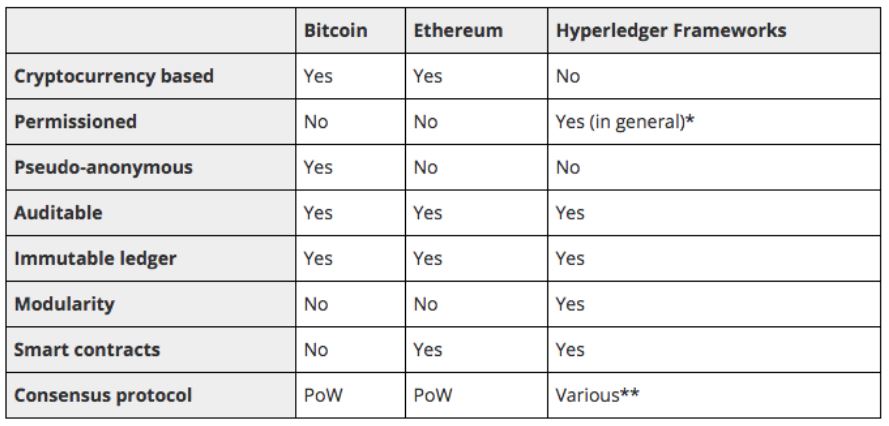The past few decades of technology development show some noticeable trends like centralization with the creation of tech giants like Apple, Google, Amazon, and Facebook, as well as decentralization that fostered the development of cloud computing, the rapid growth of peer-to-peer lending and crowdfunding, and and the most recent hype – the outbreak of the distributed ledger technologies, such as blockchain, that enables cryptocurrencies and promises complete decentralization.
All attention on cryptocurrencies may have obscured the real potential behind the blockchain. “Blockchain has the potential to replace mediators who are present today in multiple industries to provide transparency and accountability, such as banks for financial transactions, universities for verifying academic certificates or music companies to reward music creators,” said to the David Galindo, a senior lecturer at the University of Birmingham and a crypto expert, to the Guardian.
While blockchain could have several different applications with a potential to disrupt our society, this blog post will mainly concentrate on blockchain solutions offered to businesses.
What is Hyperledger?
Hyperledger is a group of open source blockchain and related projects, started in December 2015 by the Linux Foundation, with the collaboration of global leaders – eg. Intel and IBM – from a broad range of industries, including technology, finance, IoT, and manufacturing, and IoT.
Declared goals of hyperledger are:
1. To create an enterprise grade, open source, distributed ledger frameworks and code bases to support business transactions;
2. To provide neutral, open, and community-driven infrastructure supported by technical and business governance;
3. To build technical communities to develop blockchain and shared ledger POCs, use cases, field trials, and deployments;
4. To educate the public about the market opportunity for blockchain technology;
5. To promote their community of communities taking a toolkit approach with many platforms and frameworks.
At the moment Hyperledger is composed by eight projects, five distributed ledger frameworks (Iroha, Sawtooth, Fabric, Indy, and Burrow) and three modules (Cello, Explorer, and Composer) that support those frameworks. The aim is to develop those frameworks and modules, with a transparent and collaborative approach, specifically for the support of global enterprise solutions.
Talking about the frameworks, these are used to create enterprise blockchains for business. The main differences with public ledgers like the Bitcoin blockchain and Ethereum are showed in the table below.
Source: The Startup: Hyperledger — Chapter 2 | Hyperledger Frameworks & Modules
So, which are the main characteristics of each framework?
- Fabric
A permission blockchain infrastructure built to be a foundation for developing applications with a modular architecture.
“If you have a large blockchain network and you want to share data with only certain parties, you can create a private channel with just those participants. It is the most distinctive thing about Fabric right now,” said Brian Behlendorf, Executive Director of Hyperledger, The Linux Foundation.
- Iroha
Based on Hyperledger Fabric, it is designed to be simple and easy to integrate on other infrastructure projects.
- Burrow
A modular blockchain client which executes Ethereum smart contract code on a permission virtual machine.
- Indy
A distributed ledger that allows the creation of decentralized digital identities.
- Sawtooth
A modular platform for building and running distributed ledgers. One the main peculiarity is that it includes a novel consensus mechanism called “Proof of Elapsed Time,” (PoET), which allows big savings on the energy consumption required for verifications.
If what you read sounds interesting and you want to learn more we suggest you take a look at the Hyperledger website created of the Linux Foundation, where you can find plenty of information and discover more about this!

